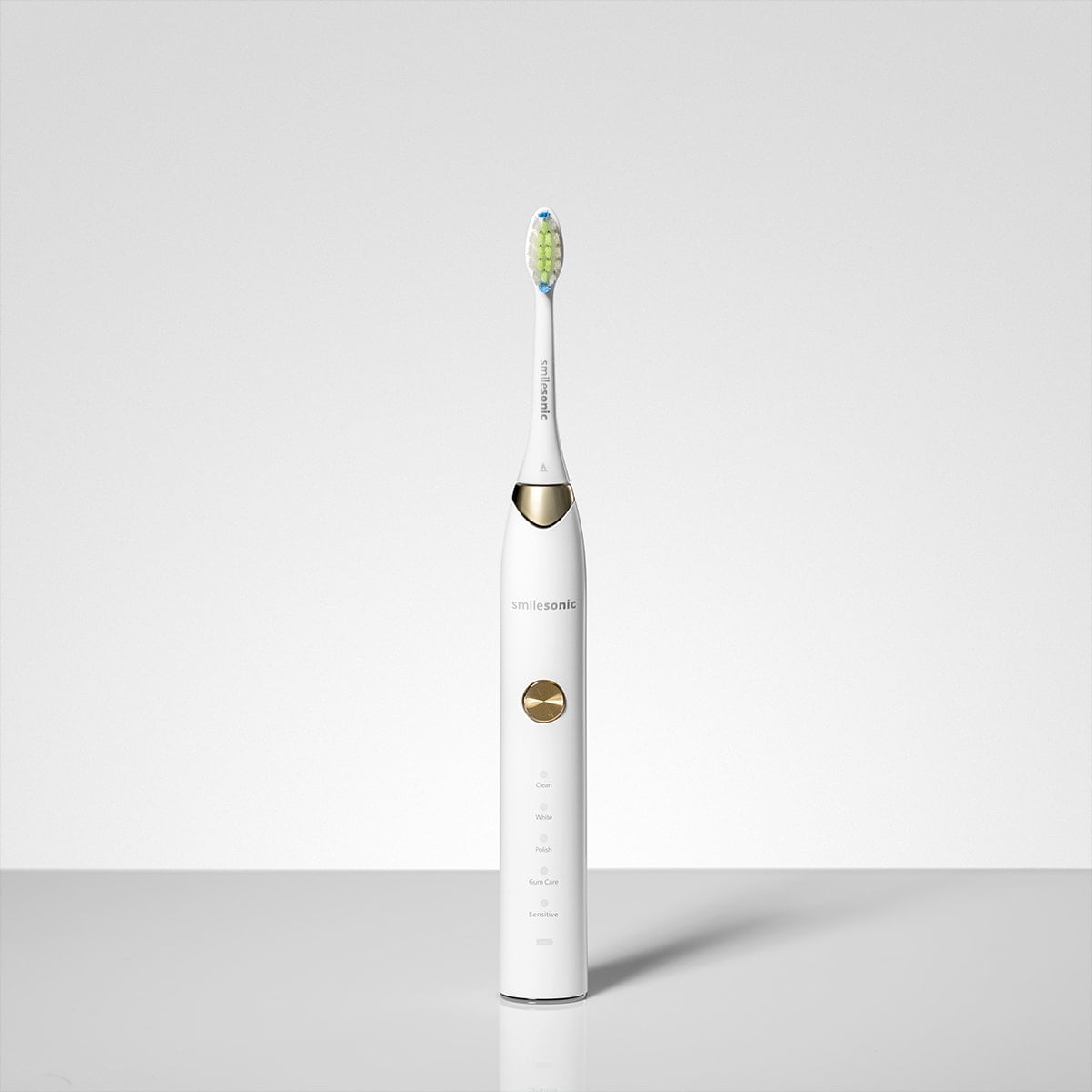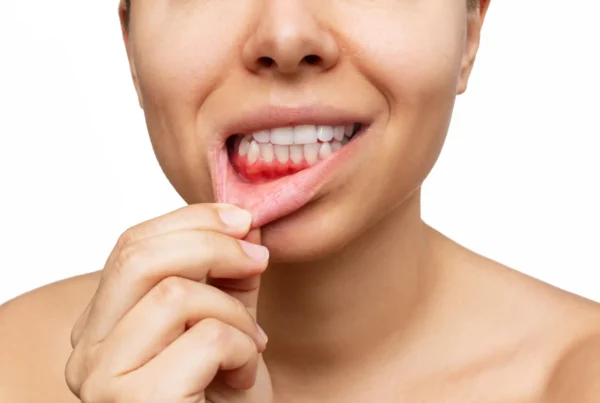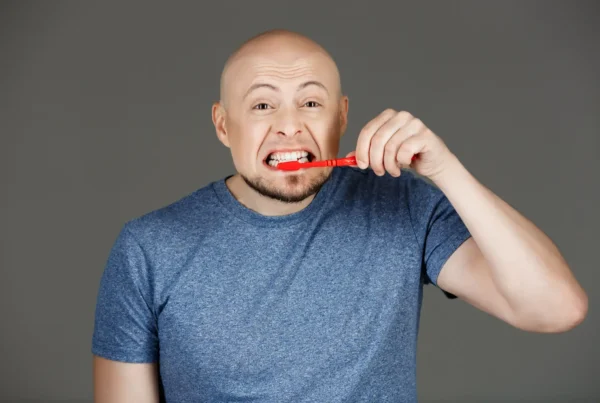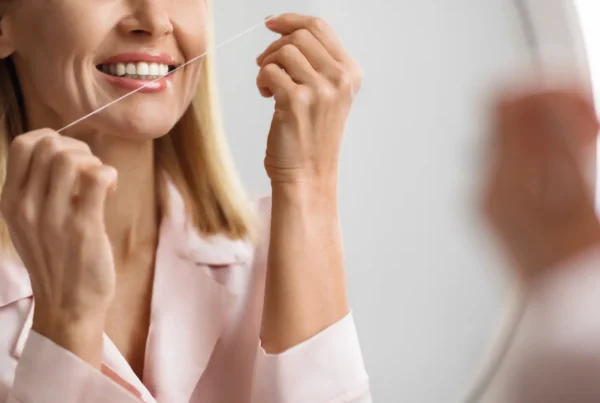Whitening toothpaste – can it be used daily to maintain a bright smile?
A bright smile is within reach, but is daily whitening safe?
Whitening toothpastes are among the most popular oral care products—after all, who doesn’t want a radiant, white smile? While ads often promise quick and dramatic results, many people wonder: is it safe to use whitening toothpaste every day?
In this article, we’ll explore the benefits and risks of daily whitening toothpaste, and offer practical tips on how to use it effectively and safely. Can it truly restore your teeth’s natural brightness?
What is whitening toothpaste and how does it work?
Whitening toothpaste is designed to lighten the shade of your teeth and remove surface stains caused by common habits like drinking coffee, tea, red wine, or smoking. Most of these products contain ingredients such as:
- Activated charcoal
- Fluoride
- Hydrogen peroxide or carbamide peroxide
- Silica or natural enzymes (e.g., papain or bromelain)
These ingredients work on the outer layer of enamel, helping to polish away stains without altering the internal tooth structure. Whitening toothpaste is generally safe to use with sonic, electric, and manual toothbrushes.
Can it remove plaque and tartar?
Whitening toothpaste helps remove surface stains and plaque, which can lead to a brighter appearance and better oral health. However, it’s important to note that these products do not remove tartar, which must be cleaned professionally. That said, regular use may help prevent new buildup.
When should you use whitening toothpaste?
Whitening toothpaste can be beneficial in a variety of scenarios:
- Daily stain prevention – If you consume a lot of coffee, tea, or red wine, whitening toothpaste can help maintain your natural tooth color.
- Post-whitening maintenance – After a professional whitening procedure, a whitening toothpaste can help prolong the results.
- Special occasions – Preparing for a wedding, event, or interview? A whitening toothpaste can subtly enhance your smile in a short time.
- Part of your daily routine – Many people use whitening toothpaste regularly, but it should be used as directed to avoid damaging enamel.
Who should use whitening toothpaste?
Whitening toothpaste can be effective for many users, particularly:
People with surface-level discoloration
If your teeth appear yellowed from coffee, tea, wine, or smoking, a whitening toothpaste can help improve their look by removing external stains.
Those seeking gradual improvement
Not expecting instant miracles? Whitening toothpaste offers subtle results over time with consistent use.
People with healthy teeth and no sensitivity
If your enamel is intact and you don’t suffer from sensitivity, most whitening toothpastes can be used safely and regularly.
Post-whitening patients
Whitening toothpaste is an excellent way to maintain results after professional treatments.
Who should avoid whitening toothpaste?
While generally safe, whitening pastes aren’t suitable for everyone. Here are the groups that should be cautious:
People with sensitive teeth
Abrasive or chemical-based whitening agents can worsen sensitivity, causing pain when eating or drinking hot, cold, sweet, or acidic foods.
People with exposed tooth roots
Gum recession can expose the tooth’s root, which lacks enamel. Whitening pastes may irritate these areas and cause discomfort.
People with gum disease
If you have gingivitis or periodontitis, whitening ingredients may irritate soft tissues. Stick to therapeutic toothpastes recommended by your dentist.
People with enamel erosion
Weakened enamel from poor diet, acid wear, or bruxism may be further compromised by abrasive agents. Look for fluoride-rich pastes instead.
Children and adolescents
Whitening toothpastes are not recommended for developing teeth. Instead, children should use age-appropriate pastes with low RDA values.
Orthodontic patients
Whitening products can lead to uneven results when used with braces. Only the exposed tooth areas will whiten, causing a noticeable contrast after the braces are removed.
People with prosthetic restorations
Crowns, veneers, bridges, and composite fillings do not respond to whitening agents. This can result in an inconsistent color between natural and restored teeth.
How often can you use whitening toothpaste?
The frequency depends on several factors:
1. Follow manufacturer guidelines
Always start by checking the instructions on the packaging. Some formulas are gentle enough for daily use, while others should only be used a few times per week.
2. Assess your dental health
If your teeth and gums are healthy, you can generally use whitening toothpaste twice daily. But if you notice sensitivity, reduce usage or switch to a gentler option.
3. Consider the toothpaste’s RDA
Higher RDA (Relative Dentin Abrasivity) means more abrasiveness. For whitening pastes, RDA values above 150 are considered high and may cause enamel erosion over time.
4. Sensitivity concerns
If you have sensitive teeth, alternate between whitening and sensitive formulas. Look for pastes with hydroxyapatite or potassium nitrate for added protection.
5. Ingredients matter
Mild formulas with low-level abrasives are better suited for daily use. Avoid pastes with high peroxide concentrations unless advised by a dentist.
6. Monitor side effects
Stop use if you notice increased sensitivity, gum irritation, or discomfort while eating. Always listen to your body—and consult your dentist when in doubt.
Final thoughts – is daily whitening toothpaste safe?
Whitening toothpaste can be safely used as part of a daily routine, provided it’s chosen carefully and matched to your oral health needs. For gentle formulas, morning and evening use is generally fine. Stronger products should be used more sparingly.
For best results, consult your dentist and choose a reputable product like:
- Opalescence Whitening
- Smilesonic Carbon White
- Vitis Whitening
- Biała Perła
Always ensure the product is free from harmful additives and used in appropriate amounts. Still unsure? Ask your dentist how much toothpaste to use and which formula is right for you.





